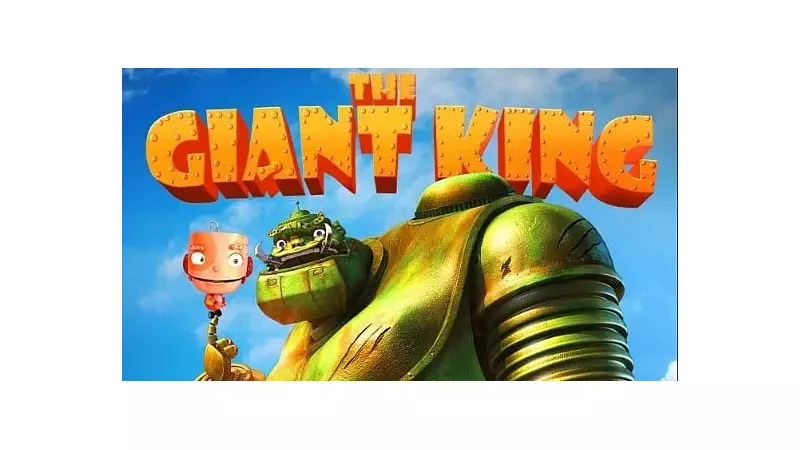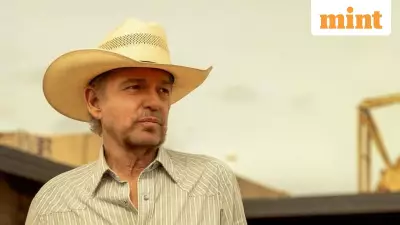
In the ever-evolving world of animation, robots have emerged as some of the most compelling characters that bridge the gap between technology and human emotions. These mechanical beings often serve as mirrors reflecting our own humanity, asking profound questions about consciousness, friendship, and what it truly means to be alive.
The Big Hero 6 Revolution: Healthcare Robotics Meets Superhero Action
Disney's Big Hero 6 introduced audiences to Baymax, a healthcare robot whose design and purpose revolutionized how we perceive robotic characters in animation. Set in the futuristic city of San Fransokyo, the film follows teenager Hiro Hamada and his inflatable healthcare companion as they transform into superheroes. What makes Baymax particularly memorable is his original programming as a medical assistant - his soft, non-threatening appearance and gentle voice were specifically designed to provide comfort to patients.
The film beautifully explores the relationship between human and machine, showing how Baymax evolves beyond his programming to develop genuine care for Hiro. His famous line "I am not fast" delivered in that soothing voice has become iconic, representing the deliberate, careful nature of his design. The movie successfully combines cutting-edge robotics concepts with emotional storytelling, making complex technological ideas accessible to younger audiences while delivering thrilling superhero action.
Wall-E: The Silent Robot That Spoke Volumes About Humanity
Pixar's Wall-E remains a masterpiece of animated storytelling, proving that robots can carry entire films with minimal dialogue. The story follows the last waste-collecting robot on an abandoned Earth, who develops a personality over centuries of solitude. Wall-E's childlike curiosity and growing loneliness make him unexpectedly relatable, while his relationship with the sleek probe robot EVE forms the emotional core of the film.
What makes Wall-E extraordinary is how it uses robotics to comment on environmental issues and human dependency on technology. The film presents a cautionary tale about consumerism and environmental neglect, yet maintains hope through Wall-E's unwavering determination and capacity for love. The sequences of Wall-E carefully collecting and preserving human artifacts showcase his developing consciousness in ways that dialogue never could, making him one of animation's most expressive non-human characters.
Robots (2005): Celebrating Mechanical Diversity and Self-Discovery
Blue Sky Studios' Robots created an entire world inhabited by mechanical beings, exploring themes of innovation, corporate greed, and self-worth through a purely robotic lens. The film follows Rodney Copperbottom, an idealistic young inventor robot who travels to Robot City to work for his idol, Bigweld. The animation brilliantly imagines how robots might reproduce, maintain themselves, and evolve in a society without organic life.
The film's visual design stands out for its creative interpretation of robotic anatomy and society. From the way older models face obsolescence to the clever incorporation of mechanical puns throughout the world-building, Robots creates a cohesive universe that operates on its own logical rules. The characters' designs reflect their personalities - Rodney's sleek, modern appearance contrasts with the rusting outmodes, visually representing the film's central conflict between innovation and tradition.
The Iron Giant: When a Weapon Chooses Peace
Brad Bird's The Iron Giant presents one of animation's most poignant robot stories, exploring themes of identity, choice, and redemption during the Cold War era. Based on Ted Hughes' 1968 novel, the film follows a massive alien robot who crashes near a small Maine town and develops a friendship with a young boy named Hogarth. The giant's journey from feared weapon to self-sacrificing hero represents one of the most powerful character arcs in animation history.
The film's famous line "You are who you choose to be" encapsulates its central message about free will and identity. Despite being programmed as a destructive weapon, the Iron Giant chooses to become a hero, demonstrating that our actions define us more than our origins or programming. The emotional climax, where the giant flies toward a nuclear missile while whispering "Superman", remains one of the most powerful moments in animation, proving that robotic characters can deliver profoundly human messages about sacrifice and love.
Why Robot Animation Movies Continue to Captivate Audiences
These four films demonstrate why robotic characters have become such enduring figures in animation. They serve as perfect vehicles for exploring complex themes about technology, humanity, and ethics in ways that are accessible to both children and adults. The visual nature of animation allows filmmakers to create robotic designs that would be impossible in live-action, while the medium's inherent warmth helps bridge the emotional gap between cold machinery and relatable characters.
From Baymax's healthcare applications to Wall-E's environmental message, these films often incorporate real-world technological concerns while maintaining their entertainment value. They challenge viewers to consider the ethical implications of artificial intelligence and our relationship with technology, making them not just entertaining stories but important cultural conversations. As robotics and AI continue to advance in the real world, these animated representations help prepare younger generations for the ethical questions they'll face in the future.
Each of these films has contributed significantly to the animation landscape, pushing technical boundaries while telling stories that resonate across age groups. They prove that some of the most human stories can be told through non-human characters, and that the line between man and machine might be thinner than we imagine.





